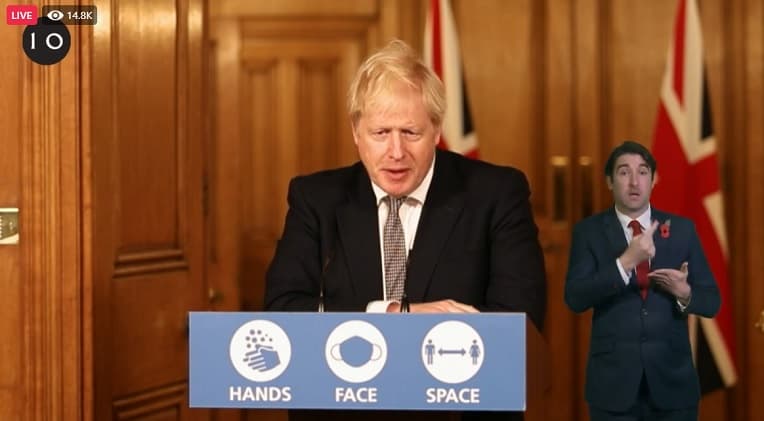
Covid restrictions are eased for Christmas but the government is advising to ‘keep it small, keep it short and keep it local.’
Between 23 and 27 December:
- you can form an exclusive ‘Christmas bubble’ composed of people from no more than three households
- you can only be in one Christmas bubble
- you cannot change your Christmas bubble
- you can travel between tiers and UK nations for the purposes of meeting your Christmas bubble
- you can only meet your Christmas bubble in private homes or in your garden, places of worship, or public outdoor spaces
- you can continue to meet people who are not in your Christmas bubble outside your home according to the rules in the tier you are meeting in
- if you form a Christmas bubble, you should not meet socially with friends and family that you do not live with in your home or garden unless they are part of your Christmas bubble
Find full government guidance here
You should travel to meet those in your Christmas bubble and return home between the 23 and 27 December. Anyone travelling to or from Northern Ireland may travel on the 22 and 28 December.
Speaking today (December 16) Prime Minister Boris Johnson said the Christmas bubbles were maximums not targets.
He said: “The overall situation is worse and more challenging than hoped for when we first set out the rules. It would not be right to criminalise people who have made plans and simply want to spend time with their loved ones. So, we are asking you to think hard and in detail about the days ahead and what to do to most protect yourself and others,”
The PM said the Christmas rules had not been reversed but he urged people to plan for a ‘small and safe’ Christmas. This means small family bubbles, meeting for shorter time periods and travelling as little as possible.
He also said people should minimise contact with others from this Friday to lower the risk of transmission and should, if possible, not travel from higher tiers to lower ones.
He added that with the vaccine roll out he expected things to be better in the country by Easter with families being able to enjoy a normal Christmas next year.
The results of the tier level review will be announced tomorrow.
KCC stats for week 6 December to 12 December weekly cases per 100,000 people
Kent 494.9 +151 vs previous 7 days
England 202.9 +49.5 vs previous 7 days
Cases by district
Ashford 590.8 +331.5 vs previous 7 days
Canterbury 528.4 +203.1 vs previous 7 days
Dartford 427.2 +134.1 vs previous 7 days
Dover 604.6 +229.5 vs previous 7 days
Folkestone and Hythe 448.7 +147.8 vs previous 7 days
Gravesham 493.7 +67.3 vs previous 7 days
Maidstone 558.1 +143.2 vs previous 7 days
Sevenoaks 256.7 +121.7 vs previous 7 days
Swale 730.9 +105.9 vs previous 7 days
Thanet 451.7 +28.9 vs previous 7 days
Tonbridge and Malling 447.2 +164.2 vs previous 7 days
Tunbridge Wells 301.5 +127.2 vs previous 7 days
About the data
KCC publishes the number of COVID-19 cases in the stated 7 day period. This provides a better indication of local trends than individual daily figures, which can fluctuate considerably from day to day. Figures are given as a rate per 100,000 people to make comparisons between different areas more meaningful.
To provide a more complete picture of what the data tells us, KCC uses a full week’s data. COVID-19 test results typically take a few days to show up in the data and so this can make figures for the most recent days appear lower than they really are. For this reason, KCC does not include data for the most recent 4 days.
Rates may differ slightly from those published by Public Health England as these are produced as a snapshot in time, and do not include cases that were confirmed later on. Other sources may publish figures for different time periods and so they may not match KCC figures.

